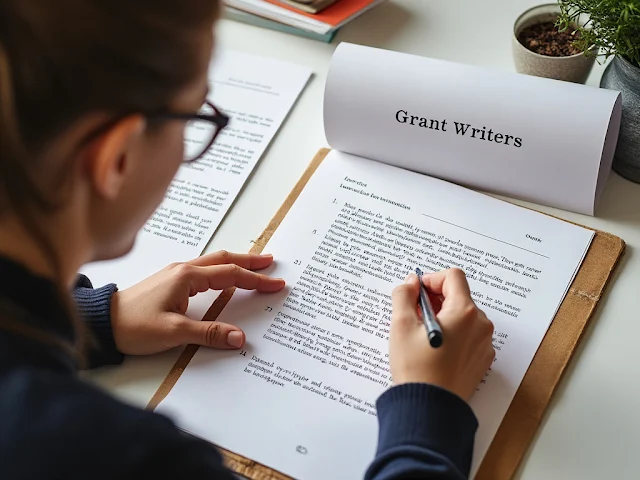In the realm of grant writing, your proposal narrative serves as the heartbeat of your submission—a chance to weave a story that captures the essence of your project and wins over funders. Much like a seasoned journalist crafts a narrative to captivate and inform readers, your proposal narrative must blend clarity, emotion, and impact to make a compelling case for your project. Here’s how to master this crucial component of grant writing and turn your narrative into a powerful tool for securing support.
1. Start with a Powerful Opening
Begin your narrative with a gripping introduction that immediately engages your audience. This could be a poignant anecdote, a striking statistic, or a vivid description of the problem your project addresses. Just as journalists use captivating leads to draw readers into their stories, your opening should hook funders and set the stage for the rest of your narrative.
2. Clearly Define the Problem
Articulate the issue or need that your project aims to address with precision and urgency. Use data, personal stories, and real-world examples to highlight the significance of the problem. This approach mirrors how journalists present context and evidence to frame their stories, ensuring that funders understand the critical need your project fulfills.
3. Present Your Solution
Describe your project’s objectives, strategies, and anticipated outcomes. Clearly outline how your proposed solution addresses the problem and why it’s effective. Much like a journalist explains the solutions or actions taken in their stories, your narrative should detail how your project will make a tangible difference and achieve its goals.
4. Highlight Your Project’s Impact
Emphasize the potential impact of your project on the community or target population. Use specific examples and projections to demonstrate the difference your project will make. This is akin to how journalists highlight the outcomes or consequences of their stories, showing the real-world implications of their work.
5. Show Organizational Strengths
Provide information about your organization’s expertise, experience, and past successes. This builds credibility and reassures funders that your organization is capable of executing the project. Similar to how journalists include background information on sources or organizations to enhance their credibility, you should showcase your organization’s qualifications.
6. Maintain a Cohesive and Engaging Tone
Ensure that your narrative is cohesive and maintains a consistent, engaging tone throughout. Avoid jargon and complex language; instead, use clear and compelling language that resonates with your audience. Just as journalists aim for clarity and engagement in their writing, your proposal narrative should be accessible and captivating.
Crafting a persuasive grant proposal narrative is essential for making a strong impression on funders. By starting with a powerful opening, clearly defining the problem, presenting your solution, highlighting impact, and showcasing your organization’s strengths, you can create a compelling story that resonates with funders and enhances your proposal’s chances of success. Join us tomorrow as we explore effective strategies for leveraging partnerships and collaborations in your grant proposals.
For more expert advice on grant writing and securing funding, visit GlobalGrantHub.com and stay updated with our latest insights and strategies.











.jpg)

0 Comments